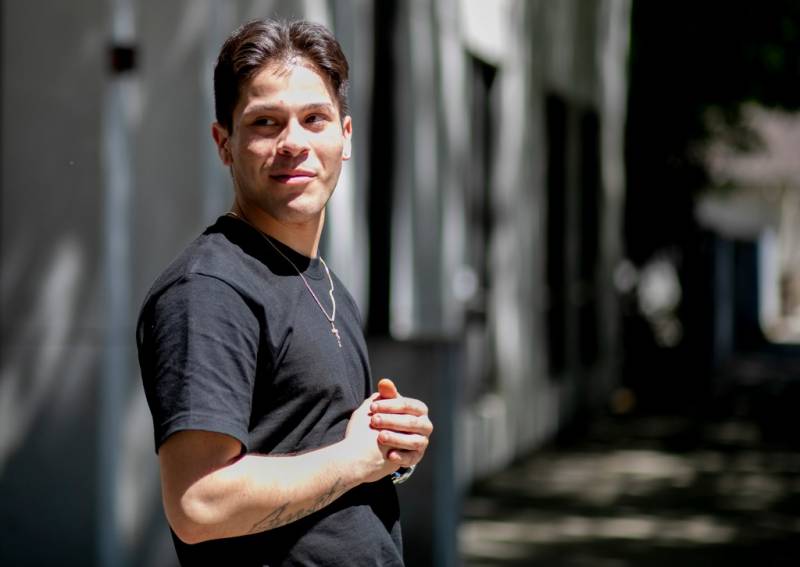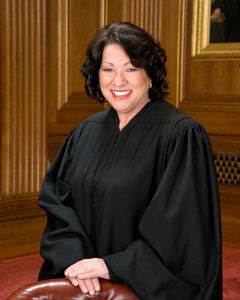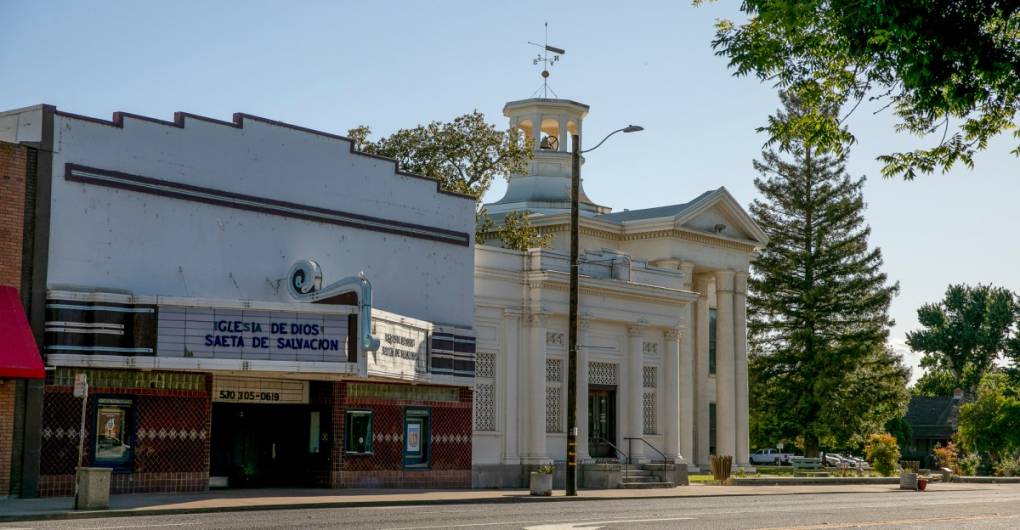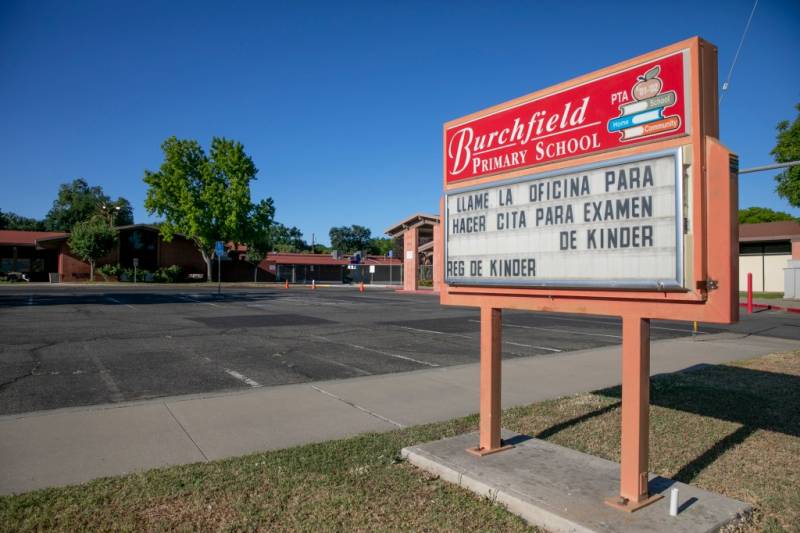Outside the Colusa County Courthouse Annex, 21-year-old Lorenzo Acosta takes a few puffs from his vape cartridge to calm himself before walking into court to support a friend.
Acosta acknowledges he’s been “in the system,” so he knows how it all works here. He knows the police, the public defenders, the judge who, he says, hands out extended lectures. But Acosta has never before realized one of the most glaring facts about the local bench of judges who help determine people’s punishments:
In Colusa County, where 60% of the population is Latino, both of the Superior Court judges — who handle everything from disorderly conduct to murder trials — are white.
His eyes widen. “That’s crazy, for real? Deadass?” he asks. Then he slowly shakes his head. “Actually, thinking about it now, I’ve only seen white judges.”
Coulsa is one of four majority-Latino California counties — along with Kings, Madera, and Merced — with no Latino judges in any superior courtrooms. Latino representation on the bench in three of those counties has not improved much since the state began collecting judicial diversity data 14 years ago. And the fourth, Kings — which had one Latino judge in 2007 — is back down to zero.

“I wouldn’t have expected it to be that bad,” said Lisa Pruitt, a law professor at the University of California, Davis who helped with the state’s research on attorney access in rural California.
In 13 other California counties, there’s a gap of 30 percentage points or more between the percentage of Latinos in the population and the percentage of Latino judges. The gaps tend to be greatest in the Central Valley, but also include counties such as Los Angeles, Monterey and San Bernardino.
For years, the focus on fairness and equity within the criminal justice system has been on policing, with far less scrutiny to the component of the justice system that wields vast power over attorneys, defendants and how cases are viewed by juries.
Judges “often set rules for how the courts across the state or across the county will decide certain cases or how they’ll treat parties before them,” said Douglas Keith, an attorney for the Brennan Center for Justice, a progressive think tank on law and policy. “Who sits on these benches can have a significant impact.”
In California, bench representation is worse for Latinos than any other racial group.
And such disparities can have effects that ripple through individual lives and entire communities. Research indicates that racially diverse judges and women judges tend to assess certain cases differently, on average, from their white and male counterparts.
And while roughly 60% of white and Asian-Americans felt California county courts were fair over half the time, only about 40% of Latinos felt the same, according to a study commissioned by the California Judicial Council.
How has this situation persisted in some California counties? One clear factor is a lack of practicing Latino attorneys in the area — the pool from which judicial appointments are drawn. Others cite the appointments process itself — blaming a good ‘ole boy appointments system that, until recently, was shrouded in secrecy.
Regardless, years of planning and programs aimed at diversifying the bench have yielded exceptional results in some counties, decent results in others, and whites-only benches in a few.
There are roughly 1,600 superior court judges throughout California. The State Bar, the Hispanic Bar Association and the California Association of Black Lawyers have sounded the alarm about a lack of diversity on the bench for years.
Since the state began releasing judicial diversity data in 2007, the number of Latino trial court judges, statewide, has nearly doubled, going from 96 to 184. Although the percentage of white judges has dropped a bit, they still make up more than 60% of all trial court judges in California, as they did 14 years ago.
While adding people from different backgrounds and life experiences can lead to litigants feeling more trustful of the judicial system, it’s not the only reason diversity is important.

It’s been more than a decade since then-President Barack Obama named to the U.S. Supreme Court a New Yorker, Sonia Sotomayor, who had famously — and controversially — said at a UC Berkeley symposium: “I would hope that a wise Latina woman with the richness of her experiences would more often than not reach a better conclusion than a white male who hasn’t lived that life.”
Several studies have attempted to tease out the link between a judge’s race or ethnicity and that judge’s rulings and sentencing behavior. The reported results have been mixed — perhaps reflecting the interplay of a variety of factors that correlate to race and ethnicity, including political ideology.
Yale University professor Allison Harris’ research into Chicago’s Cook County found that having Black judges around made white judges more fair and led to sentencing equity for Black and white defendants. Among her conclusions: “increasing the number of judges who look like the majority of defendants could reduce those defendants’ likelihood of being imprisoned.”


